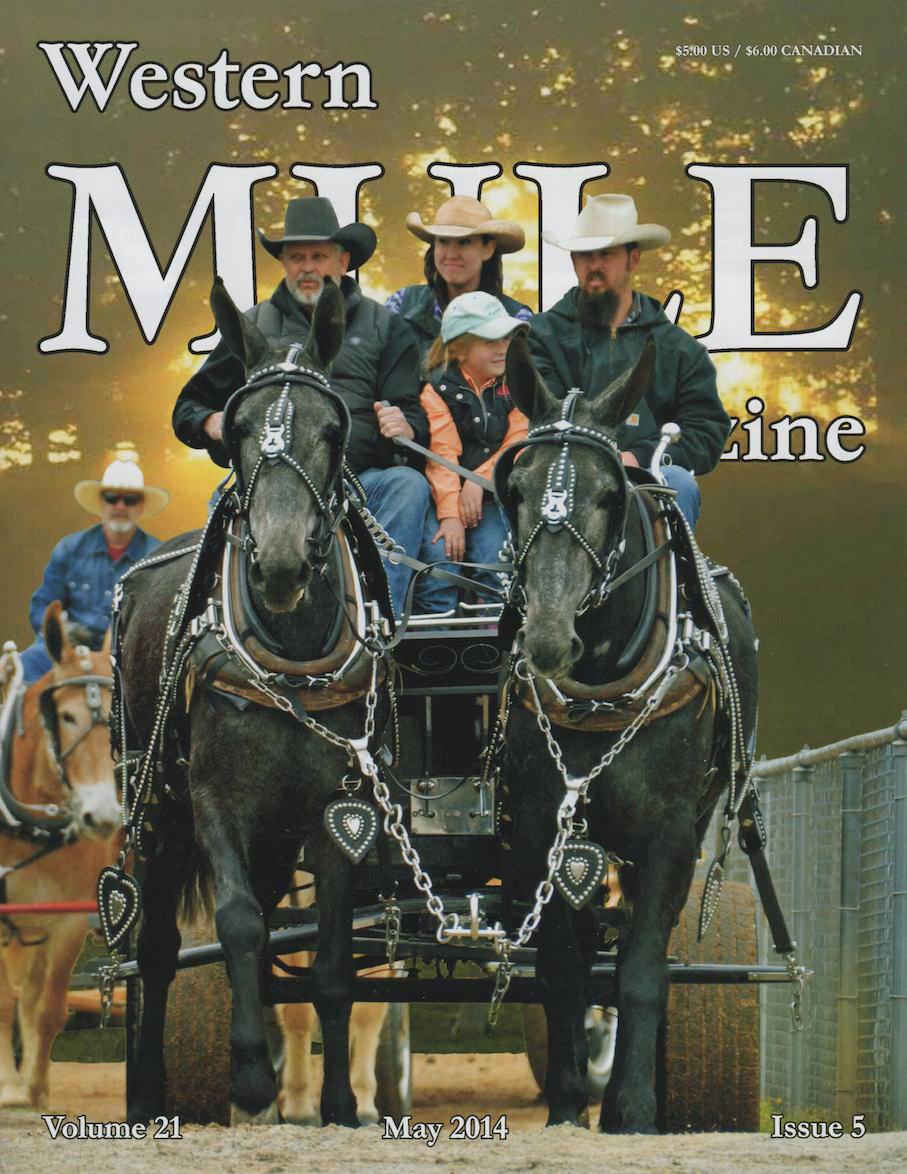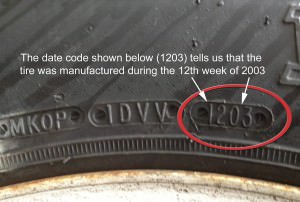This month’s column started as the first robins appeared and my daydreaming about high desert rides amongst spring flowers and blooming cacti at Burke Lake in Washington’s high dessert was interrupted by a little nag; what about the trailer?
With that thought in mind, and the nagging fear of an unwanted “adventure” of the breakdown sort, I started making inquiries about what steps we should take in ensuring that our trailers are as safe as possible when we start the riding season. Casey at Trailers Northwest in Maple Valley, WA led the way in teaching the art of trailer maintenance.
First, what can you do on your own? There are many things that riders who are not mechanically inclined (like me) can do to identify problems before they become an emergency. A straightforward visual inspection of your trailer is the place to start.
Floor – Your animals ride on this and it’s imperative that the floor is sound. Pull out all the mats and examine the surface. If wood; take your knife and try to stick the blade in. If the blade goes in easily and the wood crumbles the board needs replaced. Also look for cracks in the wood, especially around the screws. If you have a metal floor, look for corrosion or pitting. Because problems can hide, crawl under the trailer and repeat these steps from below.
Undercarriage – While you’re checking the underside of the floor look at the undercarriage. The undercarriage is everything under the floor except for the tires. Surface rust that doesn’t cause structural weakness isn’t a problem, but should be taken care of. Cracks in the welds and joints are a cause for concern in addition to loose bolts, and broken springs. Anything that is obviously worn or broken should be replaced.
Coupler – The coupler attaches (couples) the trailer and towing vehicle together. All the force from the trailer is transferred through the coupler to the ball of the hitch and then to your truck. The coupler closure and locking mechanisms must be in working order and include a pin or clip to lock the coupler closed on the ball. Safety chains and the breakaway brake system should be checked for wear and correct attachment. Check the breakaway system by pulling the pin on the breakaway, then slowly pull the empty trailer with your truck, the trailer wheels should not roll. Ensure that the jack is working satisfactorily. Again, check all welds and bolts where the hitch is attached to the tow vehicle.
Lights – Check the electrical system by turning on all the lights. Are all the lights and turn signals working properly? It’s always good to keep spare bulbs for quick replacement.
Tires – More horse trailer tires fail from rot rather than from road miles. Fortunately, dry rot is usually identified by fine cracks in the tire and frequently is most noticeable on the sidewall. You’ll need to replace tires that are cracking. Also, make sure tires are inflated to the recommended pressure.
We have a lot riding on our tires so it’s well worth the extra time to make sure that they’re ready for another year. An important consideration is the age of the tire. As we already mentioned chances are that we’ll never wear out our trailer tires. Instead we need to be concerned with the age of the tires. A quick check of tire’s sidewall will give you an identification number The last four digits represent the week and year the tire was manufactured. For example if the tire ID number reads LMLR5107 we would decipher the last four numbers to learn that the tire was manufactured on the 51st week of ’07 or the week of Christmas ion 2007 making it now over seven years old.
So how old is too old? Since we shouldn’t judge tire life by the tread left how do we know when it’s time to replace? It varies by manufacture but the average recommended life is between 6 and 10 years. Check with the manufacturer to be sure.
Seams – Closely look at seams around windows, vents, doors and joints to ensure the seals and weather stripping are still intact. Cracked or damaged seals can lead to water damage inside the trailer and no one wants a soggy mattress or tack from a water leaking seam!
Hinges/Latches/Springs – Examine hinges/latches/springs on all doors, windows and gates for any wear or corrosion and replace broken parts.
Critters – All manner of critters can take up residence in your cozy trailer. Check corners and crevices inside and out. The last thing you want your horse to discover is a hornet’s nest.
Curb appeal – Take time to examine and patch up any corrosion or surface rust. Also a proper coat of wax or an acid wash (for unpainted aluminum) will keep your trailer looking good.
Haul in to a trailer professional for a checkup, unless you have the equipment and know how to DIY. The safety of both you and your animals is at stake. The pros will make repairs, and they can perform in depth maintenance such as greasing bearings, inspecting brake drums, and more
Take time for these yearly maintenance checks. You will definitely increase your safety margin when you’re on the road, add years to the life of your trailer, and make it more attractive when you’re ready for an upgrade.
As always for more information on riding and camping with your mules visit www.TrailMeister.com the largest and only fully validated equine trail and camping directory in North America.



